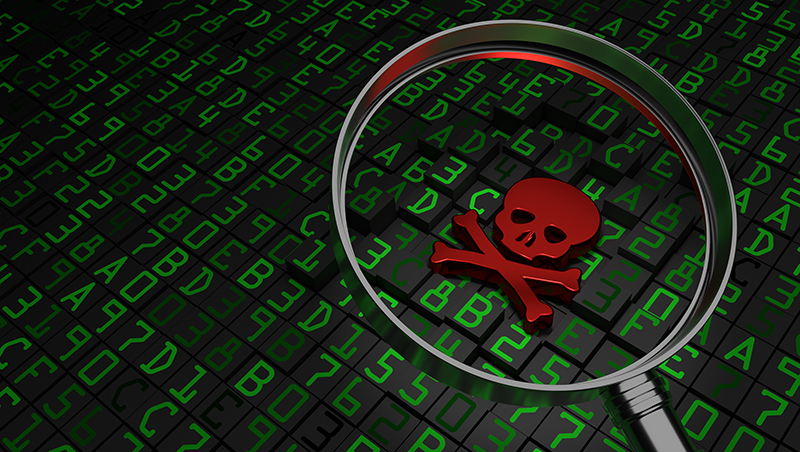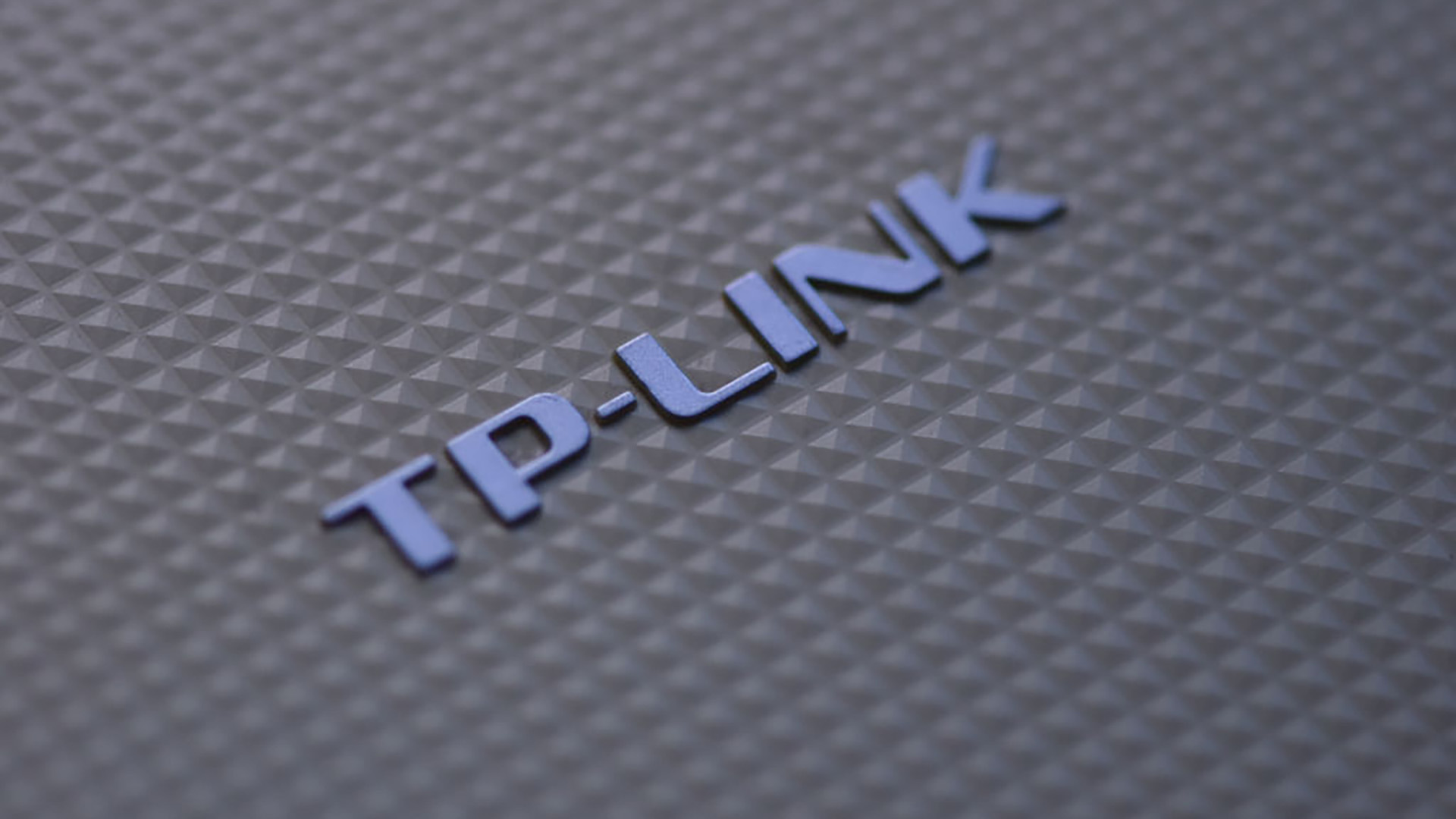CISA warns of disguised malware on hacked Pulse Secure devices
CISA lists several tasks administrators can complete to boost security


The Cybersecurity and Infrastructure Security Agency (CISA) has published a new alert warning of 13 malware samples related to exploited Pulse Secure devices. The samples flew under the radar of antivirus detection products.
At least two major hacking groups have deployed a dozen malware families to exploit vulnerabilities in Pulse Connect Secure’s suite of virtual private network (VPN) devices to spy on the US defense sector. It is thought that several Chinese-backed hacking groups were behind the attacks.
Now CISA has issued several analysis reports detailing the files on Pulse Secure devices that hackers modified to carry out cyber attacks.
Hackers have used several flaws (CVE-2019-11510, CVE-2020-8260, CVE-2020-8243, CVE-2021-2289) to access devices and create webshells to expand backdoor access.
In its advisory, CISA encouraged users and administrators to review the following 13 malware analysis reports (MARs) for threat actor techniques, tactics, and procedures (TTPs) and indicators of compromise (IOCs).
All the files CISA analyzed were found on hacked Pulse Connect Secure devices. Some samples contained modified versions of legitimate Pulse Secure scripts.
Most samples contained malicious files that installed webshells that opened backdoors into devices to run remote commands and maintain persistence.
Get the ITPro daily newsletter
Sign up today and you will receive a free copy of our Future Focus 2025 report - the leading guidance on AI, cybersecurity and other IT challenges as per 700+ senior executives
RELATED RESOURCE

Five questions to ask before you upgrade to a modern SIEM
Do you need a better defense strategy?
In one instance, hackers modified a version of a Pulse Secure Perl Module, called DSUpgrade.pm, to inject a malicious webshell into the Pulse Secure system file /pkg/do-install.
The purpose of the injected webshell was to accept a parameter named "id" from within an incoming web application post. The webshell will then process the data provided within the "id" parameter as an operating system command by executing it locally utilizing the system() function.
In another analysis, CISA found a modified version of the Unix umount application that is designed to "hook" the umount functionality of a compromised Unix device. The added functionality provided via this umount "hook" makes several system modifications that provide a remote operator persistent command and control (C2) access to a compromised Pulse Secure device, according to CISA.
CISA recommended administrators carry out several tasks to ensure the security posture of their organization's systems. The recommendations were to maintain up-to-date antivirus signatures and engines, keep operating system patches up to date, and disable File and Printer sharing services. If these services are required, use strong passwords or Active Directory authentication.
Rene Millman is a freelance writer and broadcaster who covers cybersecurity, AI, IoT, and the cloud. He also works as a contributing analyst at GigaOm and has previously worked as an analyst for Gartner covering the infrastructure market. He has made numerous television appearances to give his views and expertise on technology trends and companies that affect and shape our lives. You can follow Rene Millman on Twitter.
-
 UK cyber experts on red alert after Salt Typhoon attacks on US telcos
UK cyber experts on red alert after Salt Typhoon attacks on US telcosAnalysis The UK could be next in a spate of state-sponsored attacks on telecoms infrastructure
By Solomon Klappholz
-
 Healthcare data breaches are out of control – here's how the US plans to beef up security standards
Healthcare data breaches are out of control – here's how the US plans to beef up security standardsNews Changes to HIPAA security rules will require organizations to implement MFA, network segmentation, and more
By Solomon Klappholz
-
 The US could be set to ban TP-Link routers
The US could be set to ban TP-Link routersNews US authorities could be lining up the largest equipment proscription since the 2019 ban on Huawei networking infrastructure
By Solomon Klappholz
-
 US government IT contractor could face death penalty over espionage charges
US government IT contractor could face death penalty over espionage chargesNews The IT pro faces two espionage charges, each of which could lead to a death sentence or life imprisonment, prosecutors said
By Ross Kelly
-
 US identifies and places $10 million bounty on LockBit, Hive ransomware kingpin
US identifies and places $10 million bounty on LockBit, Hive ransomware kingpinNews Mikhail Pavlovich Matveev was linked to specific ransomware attacks, including a 2021 raid on the DC police department
By Rory Bathgate
-
 Breach at US Transportation Department exposes 240,000 employee records
Breach at US Transportation Department exposes 240,000 employee recordsNews An investigation is underway into the breach, which affected former and current employee data
By Rory Bathgate
-
 IRS mistakenly publishes 112,000 taxpayer records for the second time
IRS mistakenly publishes 112,000 taxpayer records for the second timeNews A contractor is thought to be responsible for the error, with the agency reportedly reviewing its relationship with Accenture
By Zach Marzouk
-
 US begins seizure of 48 DDoS-for-hire services following global investigation
US begins seizure of 48 DDoS-for-hire services following global investigationNews Six people have been arrested who allegedly oversaw computer attacks launched using booters
By Zach Marzouk

